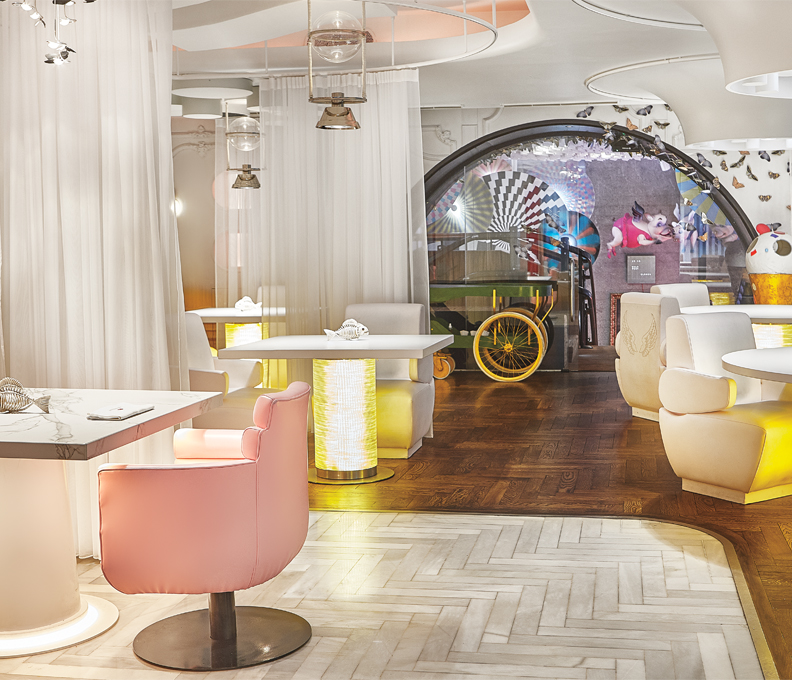City of Flight
September 30, 2017
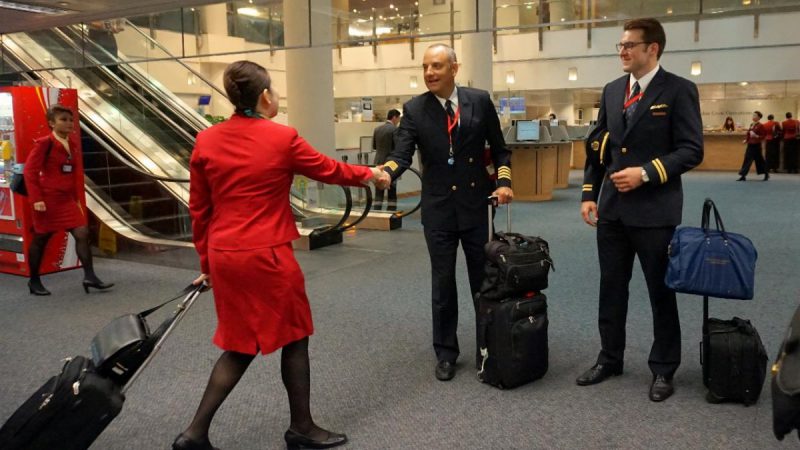
Serving 197 destinations in 48 countries and territories around the planet, Cathay Pacific is truly a worldwide airline. Each hour of every day, 365 days a year, 19 Cathay Pacific planes take off. All those take-offs and landings are made possible by the airline’s approximately 33,000 staff members, about 26,000 of whom are based at the airline’s Hong Kong global base of operations.
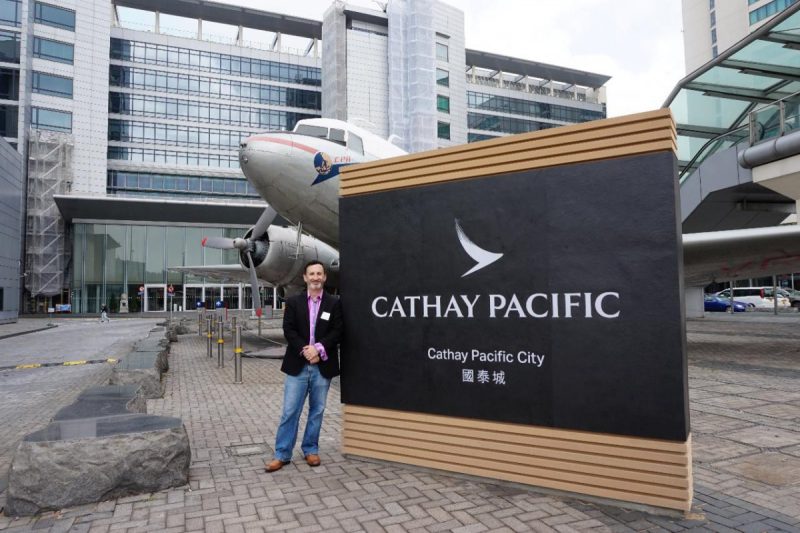
As someone who has flown Cathay Pacific many times, it was fascinating to get a look behind the scenes (Photo by Ali Ghorbani / aligstudios.com)
More that just a headquarters, Cathay Pacific has its own city, named appropriately enough, Cathay Pacific City. The ten-acre complex sits on the southeast corner of Hong Kong Chek Lap Kok Airport and includes some 1.3 million square feet of space. Aside from hangars and service areas for aircraft, there are three ten-story office buildings and a 23-story private hotel.
Before flying home from Hong Kong on a recent Asian adventure, I had a chance to take the ultimate avgeek’s tour, visiting the various operational departments to see how it all works and how all those flights take-off and land on schedule, day in and day out.
The City
Like any city, Cathay Pacific City offers a range of services to its residents, regardless of how temporary their stay there may be. There’s a bank, a gym (with full basketball courts and a pool), a nightclub, a grocery store, laundromat, multiple restaurants and cafes. There’s even a hotel that’s only open to Cathay Pacific employees. The hotel is for visiting staff who come to Hong Kong to train as well as cabin crew and flight crew members transitioning through.
Cathay Pacific City also has its own medical and dental facilities and offices. Many of the stores and services are available or open 24 hours a day to work with the airline’s round-the-clock operations.
Safety Training Center
While Cathay Pacific might be known for its great service and on-board luxury, they’re also known for their safety record. Every aspect of training focuses on safety and the Safety Training Center is the core of that program.
The area’s main feature are multiple full-size cabin mockups, filled with seats, kitchens and all the other equipment found on board. These are used for evacuation drills and to learn how to use life vests, emergency slides, oxygen masks and other essential equipment. Trainers can also simulate emergencies inside a closed cabin with smoke and noise, to help crew members deal with high-stress situations.
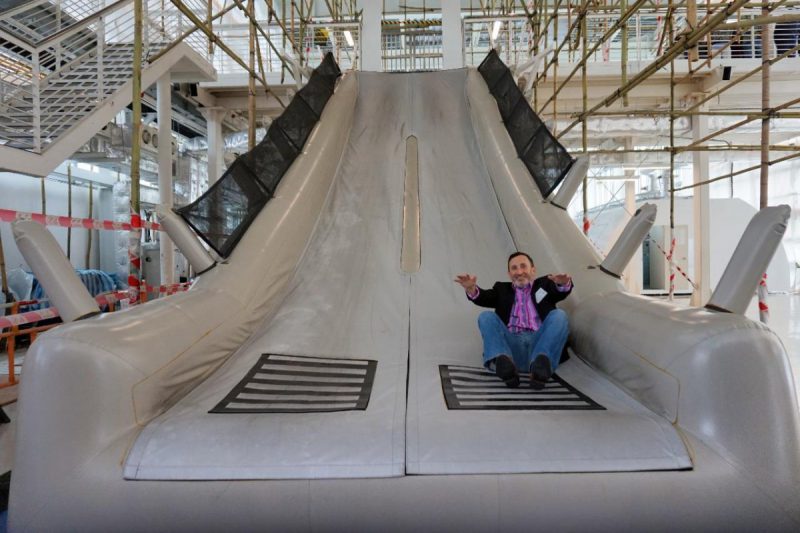
I had a chance to personally test out one of the evacuation slides, one for a Boeing 747 that towered almost 20 feet in the air (to match the real height of a 747 door). A swimming pool is used to train for water evacuation and related subjects.
Inflight Services
After the Safety Training area, I headed to Inflight Services Training and Development which also uses cabin mockups. This is where cabin crew train to serve passengers in a real aircraft environment.
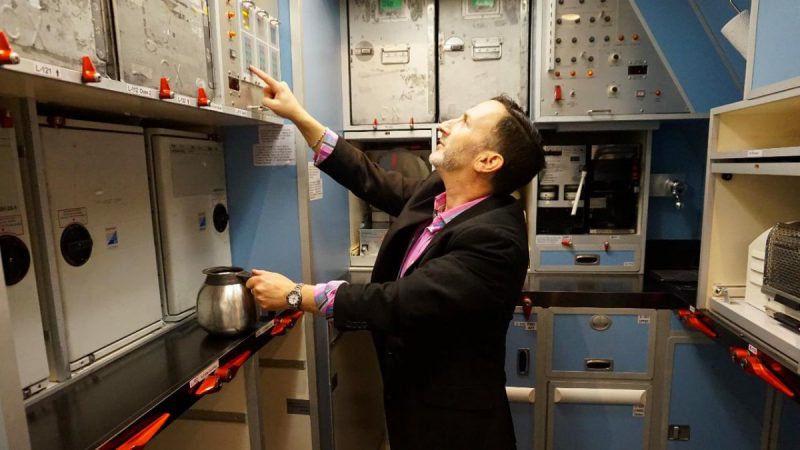
Crew members learn to control the lighting, the IFE systems and to use all the equipment in the galley. They are able to practice full meal services and the cabins are filled with seats just like a real plane. These are accurate cabin mockups, with real seats, overhead bins, lavatories and multiple classes of service. Each aircraft type the airline flies has a mock-up.
Flight Training Center
Next on the tour was the Flight Training Center where Cathay Pacific pilots (and those from other airlines who use CX’s training) go through the flight training and instruction process.
It’s also home to the airline’s collection of flight simulators. There is at least one simulator for each type of aircraft the company flies, the A330 and A350 XWB from Airbus and the 777 from Boeing. These are amazing, $20 million fully enclosed, ultra-realistic state-of-the-art flight simulators used for new pilots and for required refresher flights for experienced pilots.
Eco Garden
While my tour focused on the airline’s operations and other aviation-related subjects, I also wanted to learn about the life of the employees and what it was like to work at Cathay Pacific City. The airline has a rooftop Eco Garden called the “Farm in the Sky” located on the top of one of the office buildings.
Like any urban farm, it’s divided into small five-foot-by-five-foot plots, which are awarded to employees based on a lottery system.
They are then able to grow vegetables on their own plots to take home to use in their own kitchens. Amid all the technology and high-energy of the airline operations, it was peaceful sanctuary and nice place to just sit and relax.
Integrated Operations Center
After coming down from the roof garden (which offered some beautiful views of the airport and the surrounding buildings of Chek Lap Kok), things got serious as I had a unique chance to visit the nerve center of the airline—their IOC or Integrated Operations Center.
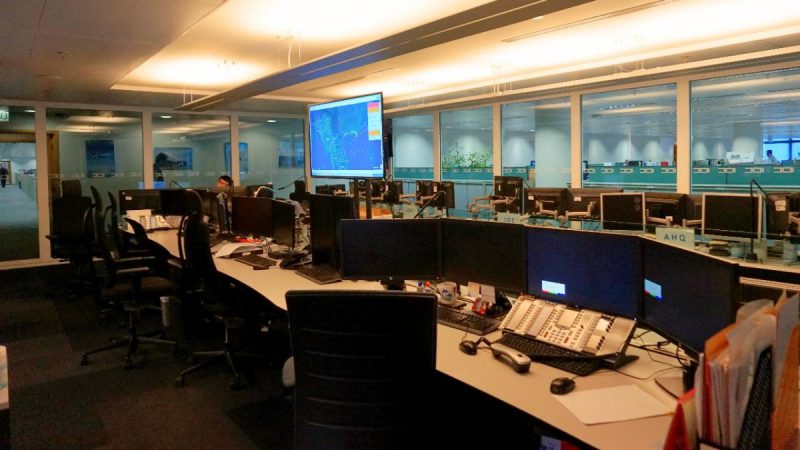
Each CX aircraft is tracked around the world, along with weather and other factors that can impact flights. It was like something out of the movies, with rows of people sitting in front of banks of five and six computer monitors. Flight and crew scheduling are also handled here.
Crew Operations Center
After visiting the IOC and seeing the digital side to running an airline, it was again time to see the human side. I visited the Flight and Cabin Crew Operations areas where thousands of cabin crew members check in and prepare for their flights.
Before each flight, cabin crew members (flight attendants and inflight service managers) gather as a group in a conference room to go over the details of the flight and important information. This can be about weather, VIP guests, food service and other data about the route or destination.
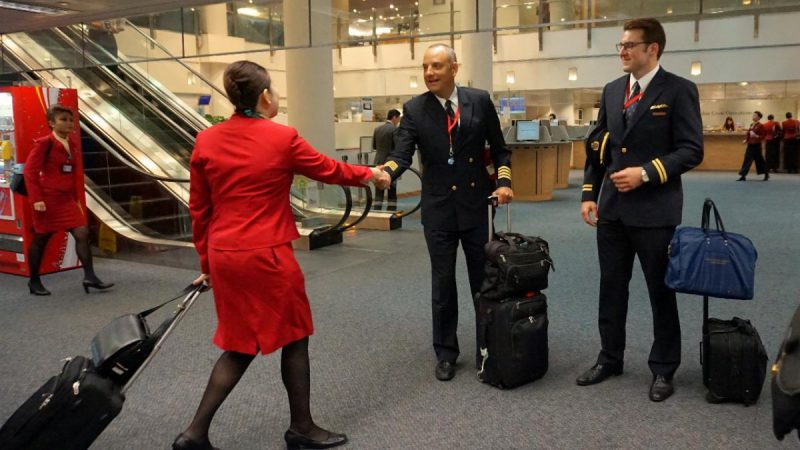
A fascinating thing I witnessed was the official greeting between the cabin crew and the flight crew. Before each flight, the pilots (each flight has two or three) stand and formally greet each cabin crew member as they file by. It’s the final step before departing for
the terminal and offered a wonderful personal touch. Cathay Pacific City has its own immigration clearance area so cabin and flight crew are cleared there and can then go directly to the terminal.
After the tour, I had a chance to step outside, where a replica of Niki, one of the airline’s first two planes sits in front of the entrance. The vintage DC3 is painted with the 1946 Cathay Pacific livery and it’s a reminder of how far the airline has come in the past 71 years. From two planes and four destinations (Manila, Singapore, Bangkok and Shanghai) to 146 wide-body aircraft (with 85 on order) serving 197 destinations around the globe.
Then it was time to catch my flight home to Los Angeles. So I hopped on one of the employee shuttles that took me out of Cathay Pacific City and delivered me to the airport terminal. As I boarded the plane and during the flight, I felt an extra level of confidence in my crew, in my aircraft and in those people on the ground who were looking after every detail, after having been given a peek behind the curtain to see how it all comes together.
By Freddy Sherman
Freddy is a regular contributor to Business Traveler across all print, digital, web and social channels. To follow Freddy directly, you can find more of his content at luxuryfred.com and here:
YouTube – Freddy Sherman channel
Twitter – @luxuryfred
Instagram – @luxuryfred
Facebook – Luxury Fred

